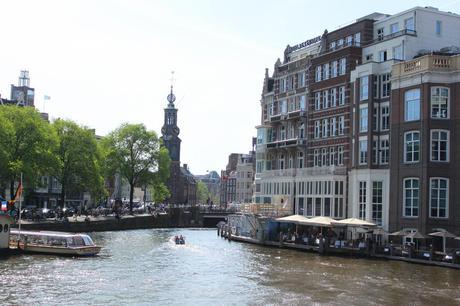
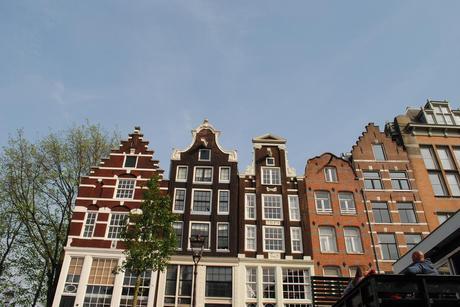
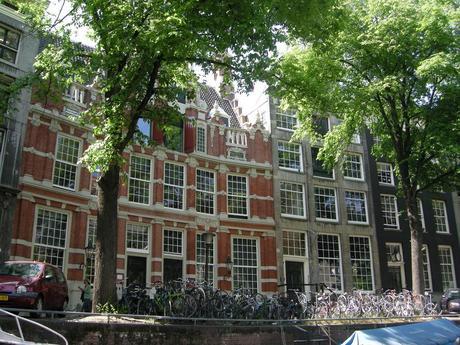
The city built itself and its canals during the 16th and 17th century. One of the reasons that this city is, and has always been known for its wonderful layout and accessibility, is because from the beginning of this city's construction, city planning was of the outmost importance. This was both to serve its inhabitants and used for its protection. When they began to build the city, the foundations were made of millions of wooden pilings hammered into the on top layer of the unstable mud underneath the water. The wooden houses of the 16th century stood firmly on these piling but when fires began to destroy many of the wooden houses throughout the years and stone buildings replaced the wooden ones, they had to form stronger foundations and began to hammer the pilings as far as 120 meters into the earth, past the mud and right into the 1st and 2nd layers of sand which enabled even the heaviest of stone buildings to stand amongst the watery canals. The largest canal which surrounds the edge of the city is called the Singelgracht which was used to defend the city and for its waste management.The three other notable canals are the Herengratch, Keizersgracht and Prinsengratch.
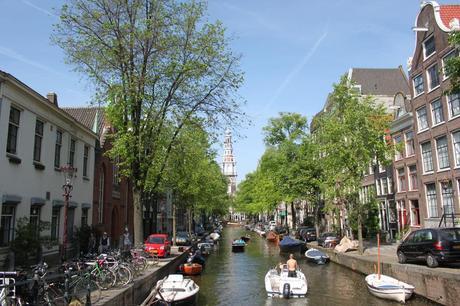
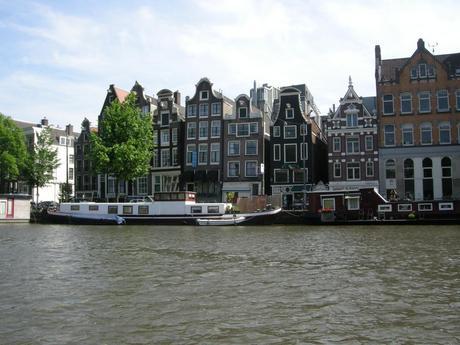
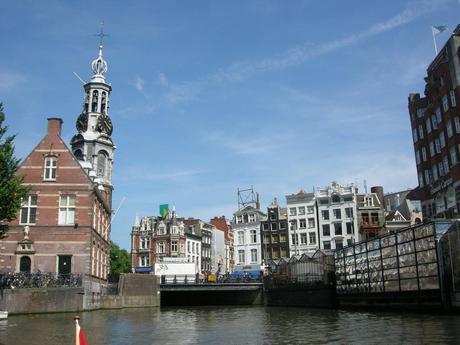
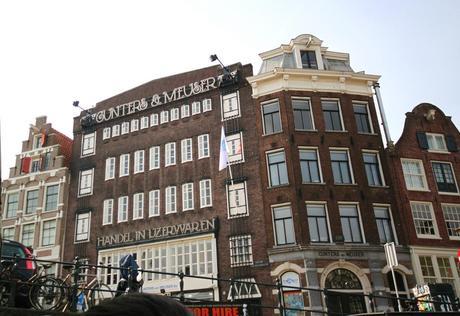
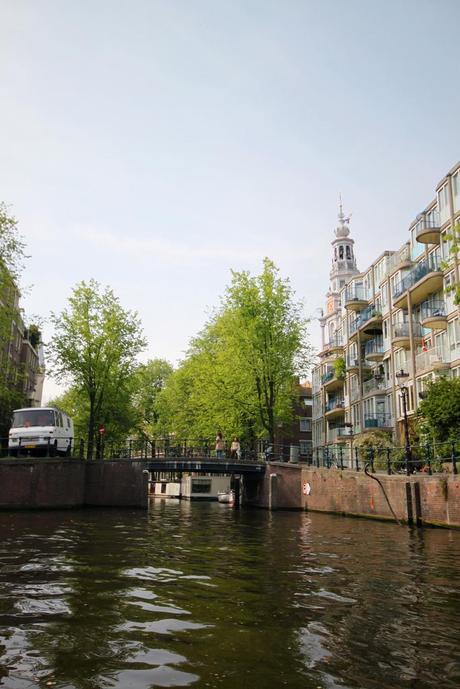
Herengratch, which means 'Patrician's canal', was named after Heren Regeerdens who governed over the city during the construction of the canals. This canal is one of the most inner parts of the city, the most protected, and therefore an area where the affluent people of the city flocked. This was the most expensive part of town, both to live and to shop. The Rodeo drive of Medieval Amsterdam. Many buyers who moved here bought two lots beside each other to show off their wealth and gain a mansion like feel by combining the two lots together.

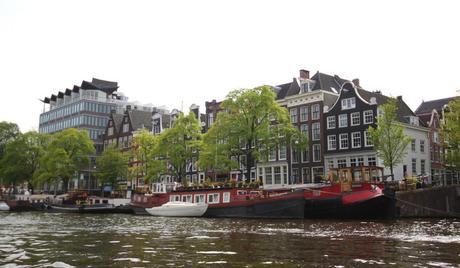 Keizersgracht, or the Emperors canal, is the widest of the three canals and is named after the Emperor Maximillian I, Emperor of Rome. One of the most grandiose Emperors and also spent much of his time as Emperor reigning over the Netherlands . Because of the grandness of the canal and the fact that it is one of the most travelled, along this route you can see some of the most scenic houses and bridges from all the different water ways.
Keizersgracht, or the Emperors canal, is the widest of the three canals and is named after the Emperor Maximillian I, Emperor of Rome. One of the most grandiose Emperors and also spent much of his time as Emperor reigning over the Netherlands . Because of the grandness of the canal and the fact that it is one of the most travelled, along this route you can see some of the most scenic houses and bridges from all the different water ways. 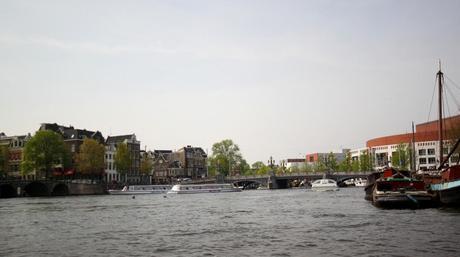
The last of the notable canals is the Prinsengratch or Prince's Canal which is located on the edge of the city but which serves as the main route to get to some of the most popular and famous locations in Amsterdam. Traveling along this canal you pass by Anne Franks House, Leidse Square, the Westerkerk and the famous Homomonument.
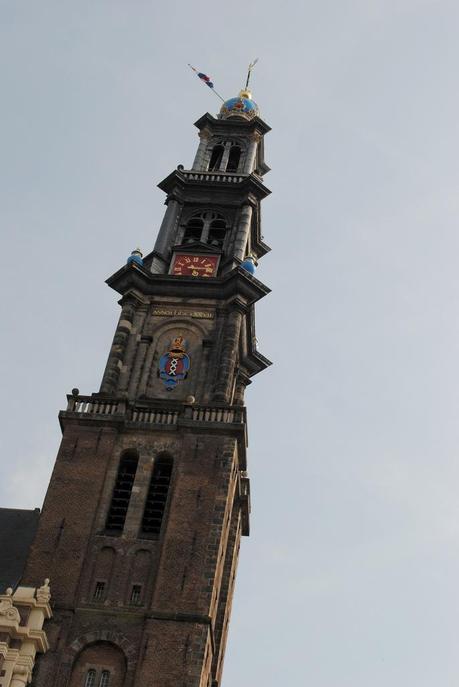
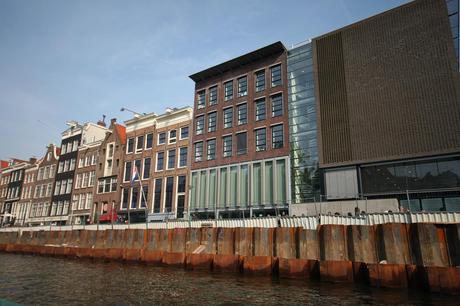
The canal houses are mostly from the 17th century and are notable for their gables, narrow windows and sharp, pitched roofs. Many times these houses also served as businesses and the goods were kept in store rooms either in the attic or in the cellars. One of the main reasons that businesses flocked to these houses was their proximity to the canal as this was the main mode of transporting goods in that times and for any merchant to be this close to your shipping and receiving docks, was a great advantage.
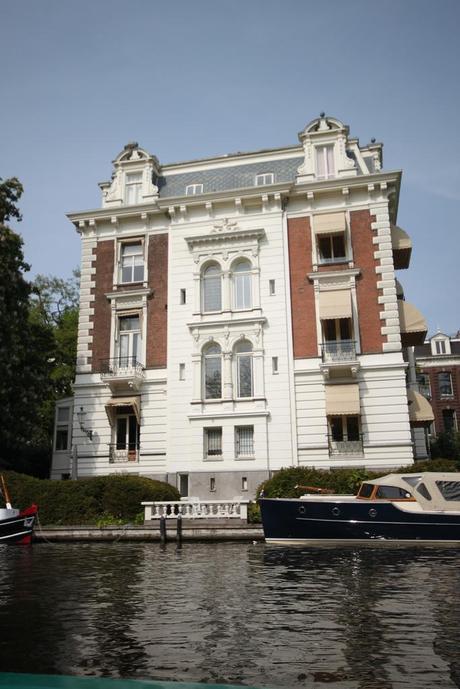
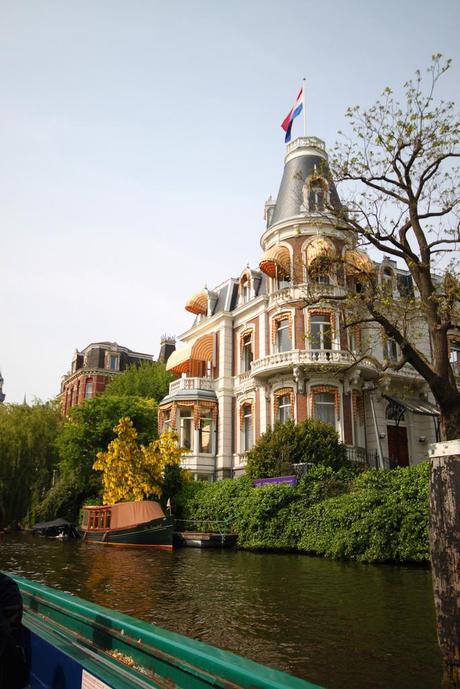
The facades and the decorative gables on each house on the canal can tell the viewer from which period that house was built in. The gables were a popular architectural addition because they allowed even the smallest house to become something of an architectural beauty as well as these features hid the strange but necessary sharp and odd aspects of the houses. Some of the gables were even used to denote what type of goods were being stored or sold in which house.

The more modern parts of the canals are found in an area called the Eastern Harbor District. This area was made from a series of peninsulas around 1900. Although the area was once used as a port, it transformed into a diverse urban residential area where modern architects found there new open sandbox. The city wanted to revitalize this area and as such hired prominent designers who could transform the area into something truly extra ordinary. From pods jutting out from the walls, to spaceship looking geometric buildings, these modern housing projects rival any other from all over the world and drew people from all to inhabitant and populate the then rather unwanted area of town.
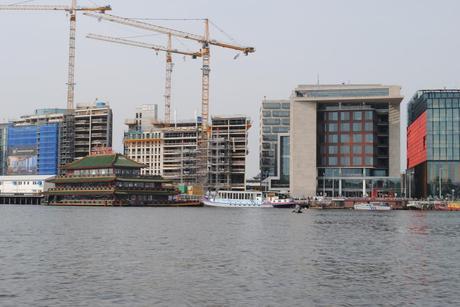
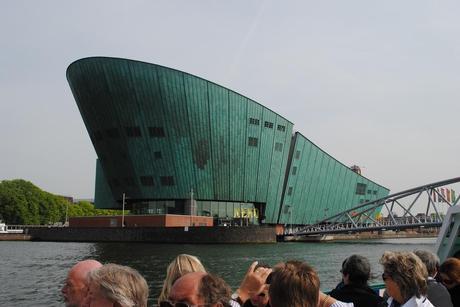
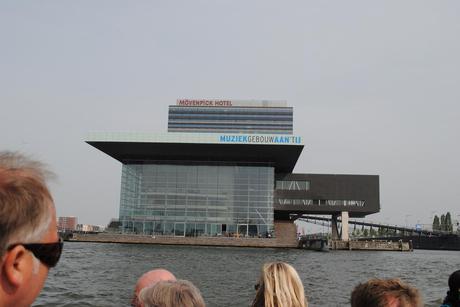
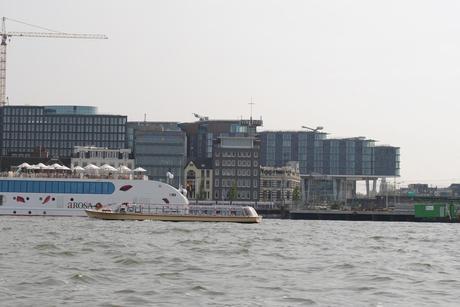

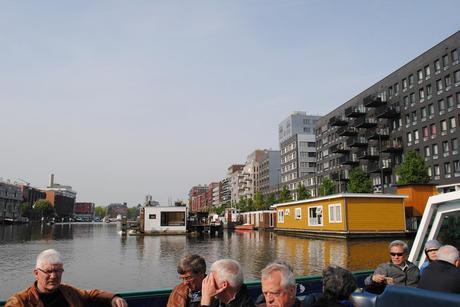

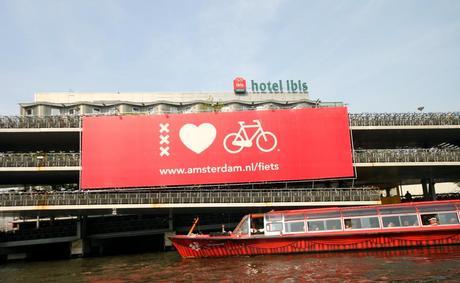 Another one of the unique aspects of Amsterdam's Canals are the wonderful houseboats which bob along the edges of the streets and canals. The houseboats of Amsterdam's canals have a rather interesting history. When various cargo ships began to populate the areas in the water after deliveries and pick ups, people began to stay in these boats over night and eventually even for weeks at a time. After WWII, when housing was very expensive and hard to come by, people began to go back to this type of living. In the 60's and 70's this type of living was free and the owners of the boats did not pay any taxes on their real estate in the water.
Another one of the unique aspects of Amsterdam's Canals are the wonderful houseboats which bob along the edges of the streets and canals. The houseboats of Amsterdam's canals have a rather interesting history. When various cargo ships began to populate the areas in the water after deliveries and pick ups, people began to stay in these boats over night and eventually even for weeks at a time. After WWII, when housing was very expensive and hard to come by, people began to go back to this type of living. In the 60's and 70's this type of living was free and the owners of the boats did not pay any taxes on their real estate in the water. 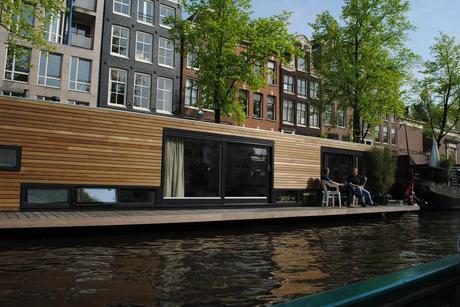
As the houses became more and more popular, the government wanted to start charging taxes on the boats but this caused quite the uproar. Now, the rules instated by the city council, is that if you move into a boat already in place on the canal, you continue not to pay any taxes on this lot. But if you buy a boat and decide to replace it with a new one, you void the exemption of taxes and must start paying regular city property taxes. This helps keep the vintage and historical barges and boats on the canal, giving the canal boat houses a very unique and traditional feel.
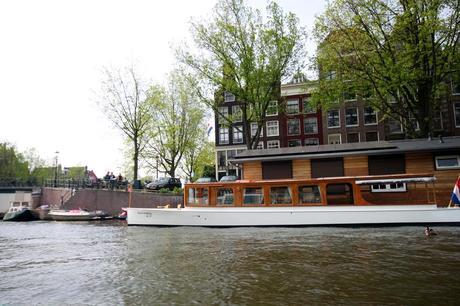
There are various more modern boats which do pay for their locations and are quite the unique housing options. But because many of the older boat owners do not want to pay taxes they do not choose to move their old run down boats out in exchange for a new one, so there are various very old and ruddy boats floating around the canals. Windows without curtains and showers on the outside of the boats are some of the strange features of these old squatter boats. You can even find houseboats to rent out and stay in during your time in Amsterdam, one of the most culturally unique ways to stay in the city.
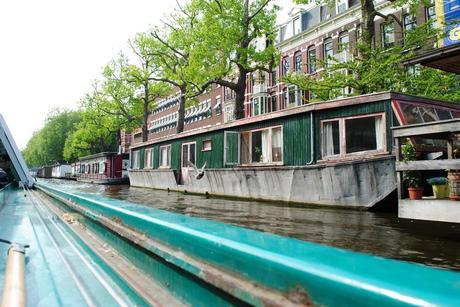
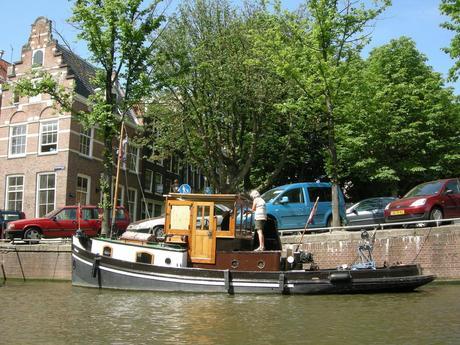

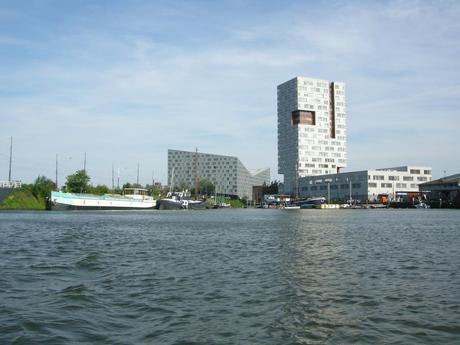 Traveling along the canals, you travel through time and truly see how diverse a place Amsterdam is. From Renaissance to post modern, architectural landmarks stand along the waters edge. Walking around the city is the way to experience close up and personal these buildings, but to see all this history, all at once, a quick hour long cruise along these lines is the only way to go.
Traveling along the canals, you travel through time and truly see how diverse a place Amsterdam is. From Renaissance to post modern, architectural landmarks stand along the waters edge. Walking around the city is the way to experience close up and personal these buildings, but to see all this history, all at once, a quick hour long cruise along these lines is the only way to go.
